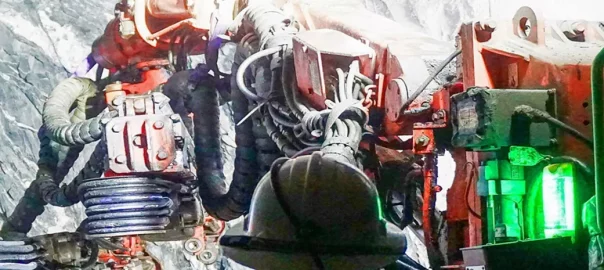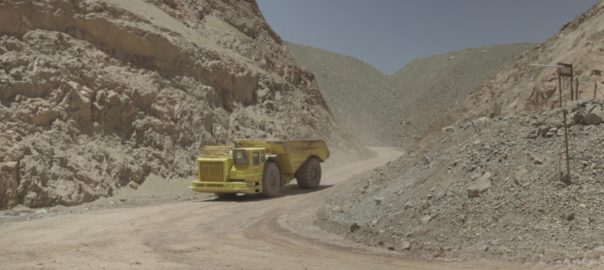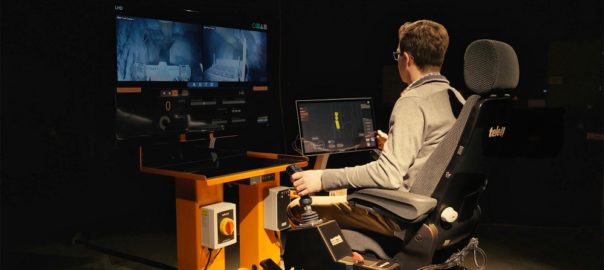One of Australia’s largest multi-disciplined mining and civil engineering companies, Murray Engineering, is again taking centre stage on the IMARC exhibition floor this year, presenting visitors with new products as well as those that have already been well received by the markets.
Murray Engineering’s positioning at the entrance to the ICC Sydney IMARC exhibition area means attendees will get a good look at the Talon BPX ground engaging tools (GET) and JumboGuard drilling safety system. The company will also again show off part of its electric vehicle charger range.
Murray said a year ago it planned to transform GET safety and longevity at major underground mining contractor Byrnecut’s sites over a 12-to-18-month period by deploying Talon BPX GET and Key Account Manager, Nathan Bradshaw, says progress has been swift and well received.
“We have currently completed over 50 loader conversions and will continue the rollout next year whilst we continue to work with Talon on product development and improvement, ultimately driving down the operating costs for our customers,” he says. “We have seen a massive reduction in downtime when the bucket teeth are eventually required to be changed out.
“Then there is the significant improvement in safety with the hammerless design as well as a reduction in manual handling. It is truly a win-win for the team.”
The Malaysian-made Talon BPX GET has a hammerless mechanical system with a pull-on/push-off mechanism that actively moves the shroud on the lip during installation and removal, significantly enhancing the safety of maintenance personnel, Murray Engineering says. Murray has also worked with Talon to introduce a “closed-loop recycling system” in which worn GET is collected on site and returned to the foundry to be re-processed into new units.
“We have seen our customers, improve safety, reduce operating costs and really engage with the recycling program,” Bradshaw says. “We have currently sent over 65 tonnes of waste product back to the foundry for processing. It gives our customers the confidence that we are genuinely engaging in the total life cycle of the product, from the foundry to the foundry.
“We are currently talking to many potential customers about the product introduction. When you can offer improved safety with a reduction in operating costs and a reduction in downtime with a closed-loop recycling program, it really is a no-brainer. It’s an amazing product.”
JumboGuard, a product designed in Australia by Victoria’s YUMARR Automation, has been in the market longer than the Talon GET.
YUMARR developed a laser scanner-based jumbo assistance system that can be retrofitted to all types of underground drilling equipment, including production drills, cable bolters and development drills. The system “observes” the machine’s surroundings and monitors the movement of people. If a person moves into a hazardous area or if a hazard is detected it shuts down the boom hydraulics, blocking movement and rotation of the drifter and boom.
Murray Control Systems Manager, Michael Finney, says more than 250 of the units have been sold in Australia and now the first JumboGuards have been deployed at sites offshore.
“We are now deploying generation two units,” Finney says. “We are constantly reviewing data and feedback provided by our customers to ensure the best possible performance from the system.”
IMARC is running from October 29-31 at the ICC Sydney. International Mining is a media sponsor of the event










